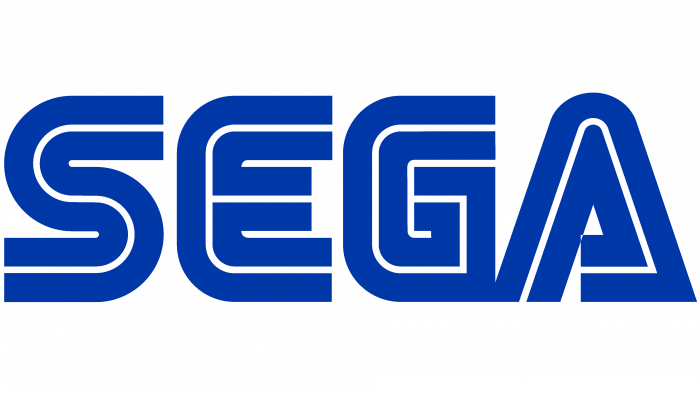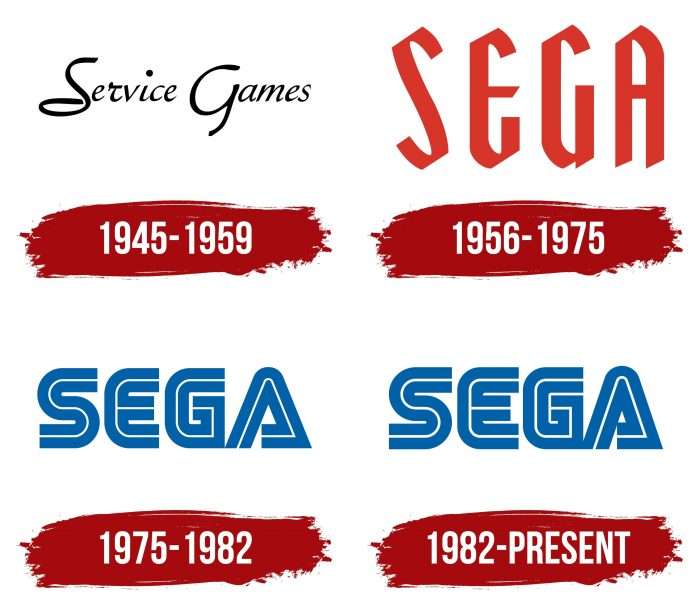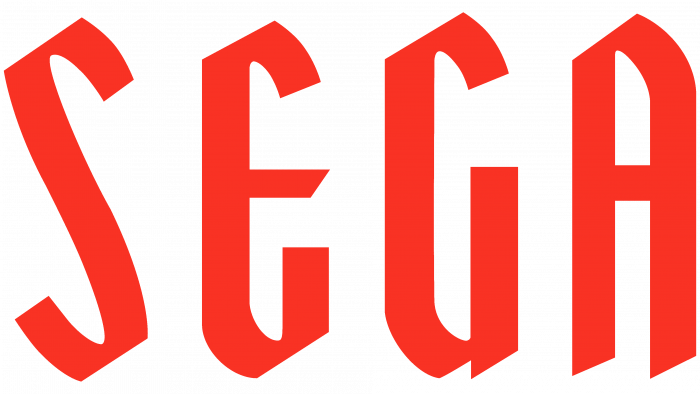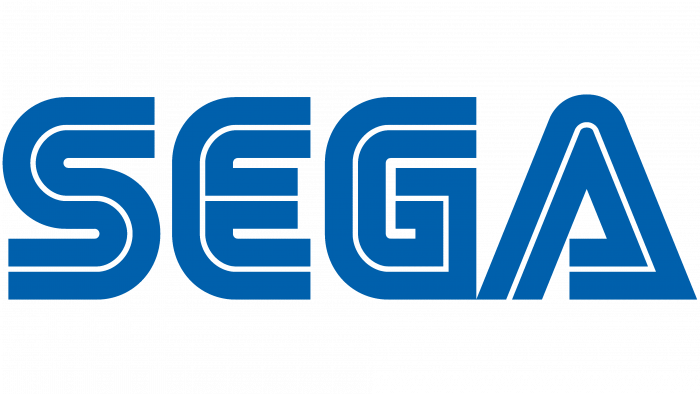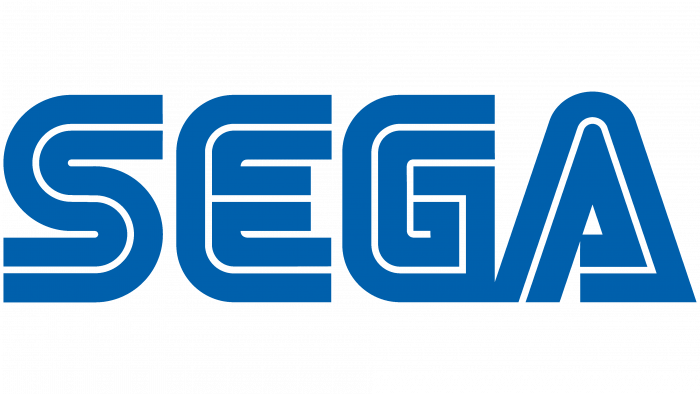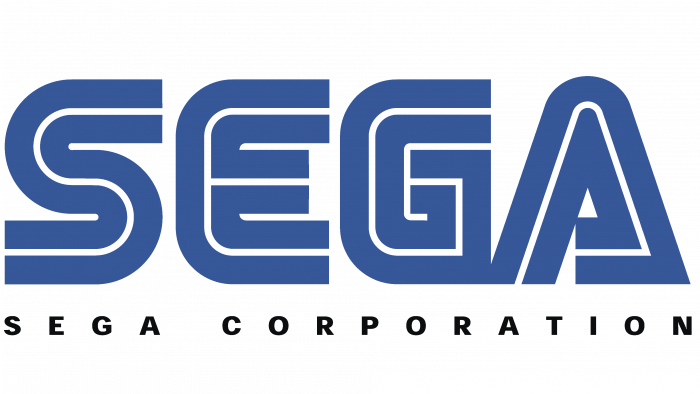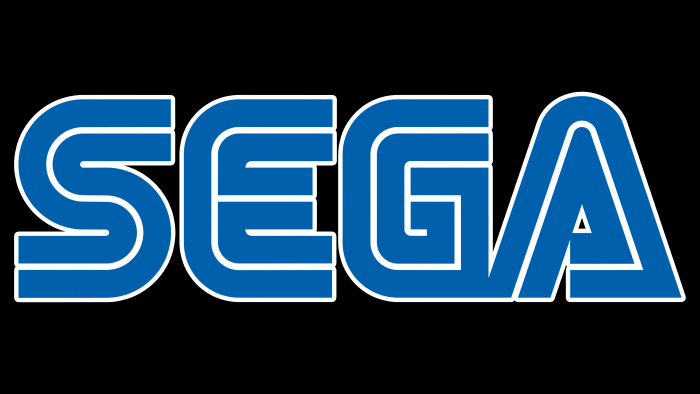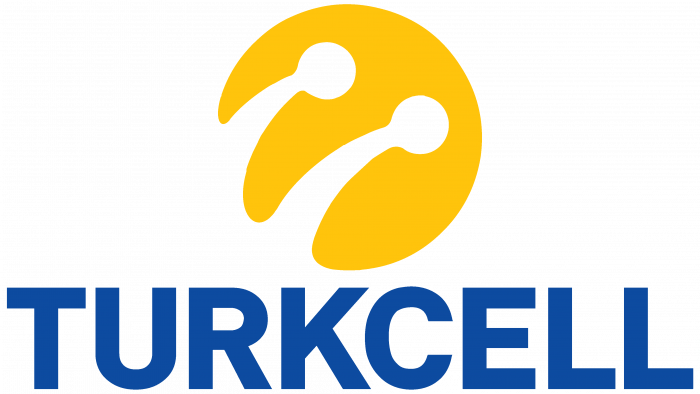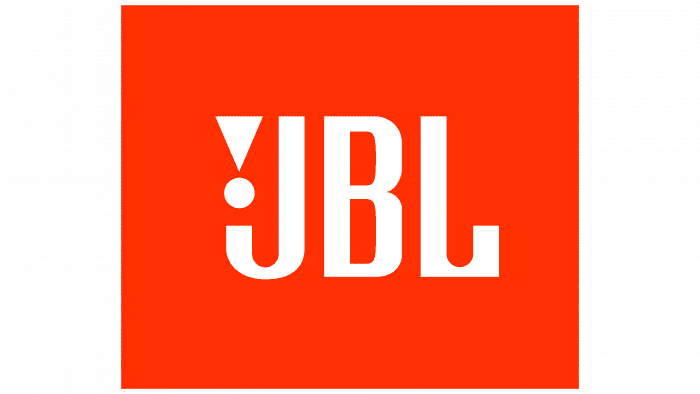The company creates worlds, opens up new paths, and paves the way for hundreds of game users. The Sega logo demonstrates the plot lines, step by step, formed by the program code of the employees of the company.
Sega: Brand overview
| Founded: | June 3, 1960 |
| Founder: | Martin Bromley, Richard Stewart |
| Headquarters: | Shinagawa, Tokyo, Japan |
| Website: | sega.com |
Meaning and History
The countdown of Sega history began much earlier than the officially indicated date – in 1940. Three American entrepreneurs Irving Bromberg, Martin Bromley, and James Humpert, founded the Standard Games organization in Honolulu (Hawaii). It became the basis for all other structures, which now and then appeared, disappeared, renamed, united. The main task of businesspeople was slot machines with coin acceptors. The devices were intended for installation at military bases, since after World War II, the number of their employees increased significantly, creating a demand for entertainment.
In 1945, entrepreneurs sold their first company and founded a new one called Service Games. However, the US government declared the gambling business illegal and began to fight it. Then in 1952, Martin Bromley sent personal representatives Richard Stewart and Ray LeMaire to Japan to establish Service Games of Japan there to equip American military bases stationed in Japan with slot machines.
A year later, all five businessmen registered Service Games Panama to operate their branches around the world. In seven years, their business has grown enormously to include regions such as Vietnam, the Philippines, and South Korea. At the same time (in 1954), the current brand name was used for the first time – Sega, short for Service Games. It appeared on the Diamond Star slot machine.
In May 1960, the company was disbanded. To avoid losing assets, Bromley created two companies simultaneously, which took over all the commercial activities of its predecessor. They were Nihon Goraku Bussan and Nihon Kikai Seizō. The latter focused on the production and sales of slot machines, becoming Sega, Inc. After a series of transformations and reorganizations, the corporation began to specialize in producing its video games and platforms. From 1983 to 2001, she also worked on consoles, to which she decided to return quite recently, in 2020.
It is now an incredibly multi-structured system with many divisions and huge consumer demand. She has a well-recognized emblem, with which she has been experimenting for many years. Naturally, every major step in the development of the company was reflected in the personal identity. In total, there are five logo options in her arsenal.
1940 – 1954
In the early days, when the prospect of an experimental organization, Standard Games, was not yet fully understood, it operated in the American market. The company supplied slot machines to military locations since it felt a significant profit due to the increased demand for gambling and entertainment. This continued until the state outlawed this business.
1945 – 1959
In 1945, the owners sold Standard Games and founded Service Games. That is, they carried out a rebranding without forgetting about the identity. It was at this time that the first permanent company logo was adopted. It consisted of handwriting in thin, light, and graceful italics. The first letters in words were uppercase; the rest were lowercase.
Moreover, each symbol was located separately from the neighboring ones, except “i” and “c” connected. Black text was on a white background. The dot above the “i” was bold and large, the uppercase “S” had a curl at the bottom, and the “G” looked like a cross between uppercase and lowercase letters.
1956 – 1975
The emblem of the period consisted of the red “Sega” lettering. The font with which it was executed was the company’s development. These are pretentious letters, tall, bold, sans serifs, which took up the entire space of the logo. Due to the diagonally cut tops, they looked unique. The lower part was also beveled from left to right and up, but the thin legs at “A” and the side protrusion at “G” did not look as neat as the upper one.
1975 – 1982
In 1975, the company undertook a redesign, radically changing its image. She got a logo consisting of an inscription in Yagi Double font. These double letters came into fashion and were widely used in the 70s of the last century. KNXT and CNN chose the same typeface. In structure, the text signs resembled a maze made up of two dark blue stripes with a thin white line in the middle. “A” looked like a triangle with a curved right leg to form a lower rib. It resembled the fourth letter of the ancient Greek alphabet – the pyramidal delta.
1982 – today
changes made were minor, so now a logo is used that exactly matches the previous one. The difference between them is only in color: the modern version is painted in light blue.
Sega: Interesting Facts
Sega, recognized as a giant in the video game realm, boasts a history replete with groundbreaking innovations, legendary game series, and a profound influence on gaming culture.
- Roots in Slot Machines: In the 1940s, Sega initially provided slot machines for American military bases, with “Sega” stemming from Service Games of Japan, indicative of its early focus before venturing into video gaming.
- Early Steps in Home Consoles: As a trailblazer in the home console arena, Sega introduced the SG-1000 console in 1983, marking its initial foray into the console industry and setting the foundation for its impactful presence in gaming.
- The Renowned Sega Genesis/Mega Drive: Launched in the late 1980s, the Sega Genesis, or Mega Drive outside North America, is one of the era’s most celebrated consoles. It introduced the gaming world to Sonic the Hedgehog, Sega’s emblematic mascot.
- Technological Innovations: Known for its technological leaps, Sega’s Dreamcast, unveiled in 1999, was the pioneering home console to integrate a built-in modem for internet connectivity and online gaming, heralding the advent of online play.
- Revolutionizing Arcade Gaming: In the arcade sector, Sega left a lasting mark with pioneering titles like “Space Harrier,” “Out Run,” and “Virtua Fighter,” showcasing advanced graphics and gameplay that set new standards.
- Sonic the Hedgehog Phenomenon: Since its debut in 1991, Sonic has evolved into Sega’s flagship mascot, becoming one of the all-time top-selling video game franchises. The franchise has spanned various media and had a successful film adaptation.
- Shift to Software Development: Post-Dreamcast, Sega shifted its focus to software development, emerging as a premier video game developer and publisher, which enabled the release of its games across various platforms.
- Extensive Gaming Portfolio: Beyond Sonic, Sega’s portfolio includes a multitude of successful franchises like “Yakuza,” “Total War,” “Persona,” and “Football Manager,” showcasing its versatility and creativity in game publishing.
- Merger with Sammy Corporation: In 2004, Sega merged with Sammy Corporation, known for its gaming machines, to form Sega Sammy Holdings, broadening Sega’s horizons beyond video gaming into other entertainment sectors.
- Influence on Culture: Sega’s cultural footprint transcends gaming, especially through Sonic the Hedgehog. The character has become a pop culture icon featured in merchandise, parades, and even the Macy’s Thanksgiving Day Parade.
- Theme Park Ventures: Sega has expanded into theme parks, with Sega-branded arcades and entertainment centers worldwide, including Joypolis in Japan, offering immersive virtual reality experiences.
- Classic Games Revival: Sega has catered to nostalgia by re-releasing classic games for modern platforms and compilations like the Sega Genesis Classics, allowing newer generations to discover Sega’s rich gaming heritage.
From its origins as an amusement machine provider to a powerhouse in video game development, Sega’s journey showcases its resilience and lasting impact on the gaming landscape. Its innovations and iconic characters continue to enchant gamers globally.
Font and Colors
Early versions of Sega’s identity consisted of abrupt transitions, broken lines, and sharp edges. Later versions of the logo contain rounded letters in a streamlined shape. They are smoother and smoother.
For its personal identity, the Japanese video game maker chose a typeface called the Yagi Double. It distinguishes it well from the competition since it has a double letter structure. Now the proprietary palette consists of a combination of blue and white. Previously, it included black and red.
Sega color codes
| Lapis Lazuli | Hex color: | #0060ac |
|---|---|---|
| RGB: | 0 96 172 | |
| CMYK: | 100 44 0 33 | |
| Pantone: | PMS 2945 C |
